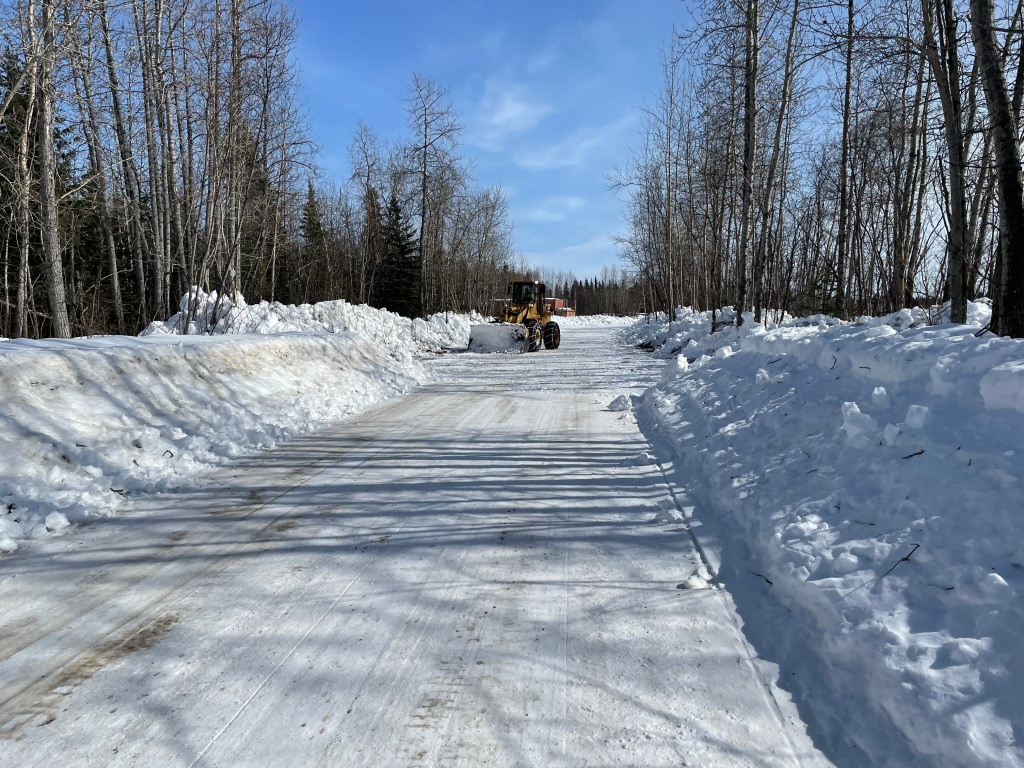Although spring officially began on the calendar on March 20th, it takes about another month for things to start warming up and thawing in McGrath. That time has come. The drip…. drip…. drips cascading off the roof are such a welcomed sound! And it’s finally happening after six months of winter.
Icicles are developing. Windows are thawing. Check out this ice build-up on the windowpane photo below. That is some serious frost! It accumulates on our bedroom window at around -35 F. When it thaws, it’s time to grab the rags and mop up the puddle that forms on the windowsill.




Speaking of puddles, we have a lot of them forming. I saw my first pair of trumpeter swans yesterday and they were looking for some puddles to land on. They are one of our first migrants to arrive, traveling vast distances and thousands of miles in their journey to the land of the midnight sun where nesting season draws them into this bountiful land. The white-fronted geese, or speckled bellies as we call them, are also among the first waterfowl birds to arrive.

Puddles on the river are beginning to form, but the ice is still three feet thick and fairly dense. Water is pooling up along the sides of the riverbanks, both from snowmelt on the river and snow melt dripping off the land and riverbanks. As the snow melts, it puddles up on top of the river ice, but underneath the snow layer that blankets the river. The water layer increases and gets heavy, and eventually it pushes and pushes the ice. The river ice will then “pop up” and rise above all that water. Then the river rises and rises and rises. Ice rots. Then it breaks up and flows with the current. Huge iceberg chunks smash together and scrape the sides of the river. Smaller round paddies flow downriver with the current, making slushing noises. Occasionally, all this ice jams up around bends, sometimes causing ice jams that function as dams and back the water up along the riverbanks. This can result in flooding around McGrath.








The City of McGrath road maintenance crew is pictured above while out bulldozing the steep snowbanks further off the road. This helps it melt away from the road, where meltwater drains outward from the road-as opposed to it melting inward on the roadbed. The result is a much quicker drying of the road bed and a lot less mud and resulting ruts.
Spring isn’t all beautiful sights. This moose calf starved in March and did not make it through the winter. The lean months were too many and nibbling willow and birch twigs was not enough food for her sustenance. My friends and I came upon her carcass while out cross-country skiing. Wolf, wolverine, fox, marten and coyote tracks were found in the surrounding area. The meat will sustain them and bring nourishment for their upcoming litters.
Dripping, thawing, warmer temps, geese and swans flying overhead. All wondrous signs of spring! For me it’s a time to shift gears and to say goodbye not only to the cold, dark months, but the fun snowfalls, ice fishing, snowmachine rides and enlightening winter reflections. Now we turn to the upcoming events in McGrath- the big annual river ice out and then summertime happenings-like gardening, boating, fishing, & camping. But first, the ice must go out, the rest of the snow must melt, and the ground must thaw then green grass will appear. When will it happen this year? It’s all a guess.
